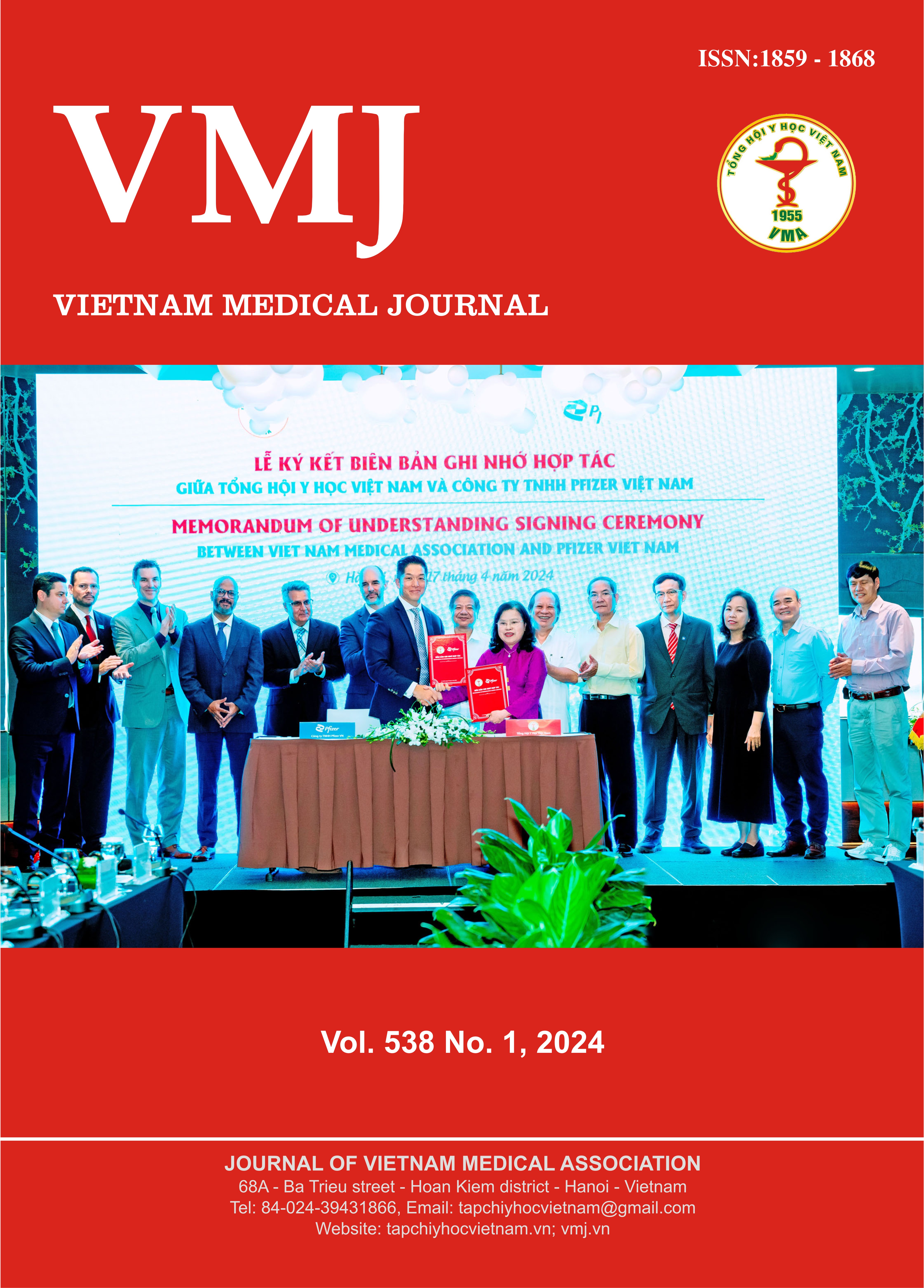EFFECTS OF SAGYDI (SAD) ON ENDOGENOUS DYSLIPIDEMIA MODEL IN MICE
Main Article Content
Abstract
Dyslipidemia is one of the popular issues in developed countries and an increasing trend in developing countries. It is a major risk factor for cardiovascular disease, hypertension and diabetes. Polyherbal formulations have been used to treat dyslipidemia for many years. This study was designed to evaluate the effects of SAGYDI (SAD) on endogenous dyslipidemia experimental animal model. In endogenous hyperlipidemia model, mice were previously treated by SAD and intraperitoneally injected by poloxamer - 407 to induce hyperlipidemia. They were divided into groups and intraperitoneally injected with a 2% P-407 solution, followed by oral administration of varying doses of SAD. The results showed that SAD at the daily doses of 0.72g dried extract/kg and 2.16g dried extract/kg significantly reduced the serum total cholesterol (TC) levels and serum non-HDL cholesterol levels by 13.56%, 14.49%, and 16.40%, 11.10%, respectively (p<0.05). So, SAD has demonstrated an impact on serum lipid modulations in endogenous dyslipidemia model in mice.
Article Details
Keywords
Dyslipidemia, Sagydi, endogenous, experimental animals
References
2. Đỗ Thị Thu Hướng. Nghiên Cứu Tác Dụng Hạ Glucose Máu Của Chế Phẩm Sagydi Trên Mô Hình Gây Đái Tháo Đường Dạng Typ2 ở Động Vật Thực Nghiệm. Khoá luận tốt nghiệp bác sỹ. Trường Đại học Y Hà Nội; 2014.
3. Millar JS, Cromley DA, McCoy MG, Rader DJ, Billheimer JT. Determining hepatic triglyceride production in mice: comparison of poloxamer 407 with Triton WR-1339. J Lipid Res. 2005;46(9):2023-2028. doi:10.1194/jlr.D500019-JLR200
4. Friedewald WT, Levy RI, Fredrickson DS. Estimation of the concentration of low-density lipoprotein cholesterol in plasma, without use of the preparative ultracentrifuge. Clin Chem. 1972;18(6):499-502.
5. Johnston TP. The P-407-induced murine model of dose-controlled hyperlipidemia and atherosclerosis: a review of findings to date. J Cardiovasc Pharmacol. 2004;43(4):595-606. doi:10.1097/00005344-200404000-00016
6. Johnston TP, Nguyen LB, Chu WA, Shefer S. Potency of select statin drugs in a new mouse model of hyperlipidemia and atherosclerosis. Int J Pharm. 2001;229(1-2):75-86. doi:10.1016/s0378-5173(01)00834-1
7. Johnston TP, Palmer WK. Mechanism of poloxamer 407-induced hypertriglyceridemia in the rat. Biochem Pharmacol. 1993;46(6):1037-1042. doi:10.1016/0006-2952(93)90668-m
8. Leon C, Wasan KM, Sachs-Barrable K, Johnston TP. Acute P-407 administration to mice causes hypercholesterolemia by inducing cholesterolgenesis and down-regulating low-density lipoprotein receptor expression. Pharm Res. 2006;23(7):1597-1607. doi:10.1007/s11095-006-0276-8
9. Consumer Reports Best Buy Drugs. Evaluating Statin Drugs to Treat: High Cholesterol and Heart Disease - Comparing Effectiveness, Safety, and Price. Consumers Union of United States; 2012.
10. Wasan KM, Subramanian R, Kwong M, Goldberg IJ, Wright T, Johnston TP. Poloxamer 407-mediated alterations in the activities of enzymes regulating lipid metabolism in rats. J Pharm Pharm Sci. 2003;6(2):189-197.
11. National Cholesterol Education Program (NCEP) Expert Panel on Detection, Evaluation, and Treatment of High Blood Cholesterol in Adults (Adult Treatment Panel III). Third Report of the National Cholesterol Education Program (NCEP) Expert Panel on Detection, Evaluation, and Treatment of High Blood Cholesterol in Adults (Adult Treatment Panel III) final report. Circulation. 2002;106(25):3143-3421.
12. Bachorik PS, Ross JW. National Cholesterol Education Program recommendations for measurement of low-density lipoprotein cholesterol: executive summary. The National Cholesterol Education Program Working Group on Lipoprotein Measurement. Clin Chem. 1995;41(10):1414-1420.
13. McNamara JR, Cohn JS, Wilson PW, Schaefer EJ. Calculated values for low-density lipoprotein cholesterol in the assessment of lipid abnormalities and coronary disease risk. Clin Chem. 1990;36(1):36-42.
14. Virani SS. Non-HDL Cholesterol as a Metric of Good Quality of Care. Tex Heart Inst J. 2011;38(2):160-162.
15. Isaac Karimi. Animal Models as Tools for Translational Research: Focus on Atherosclerosis, Metabolic Syndrome and Type-II Diabetes Mellitus. In: Sasa Frank, Gerhard Kostner, eds. Lipoproteins. IntechOpen; 2012:Ch. 21. doi:10.5772/47769


